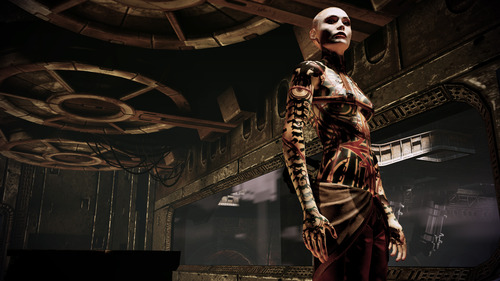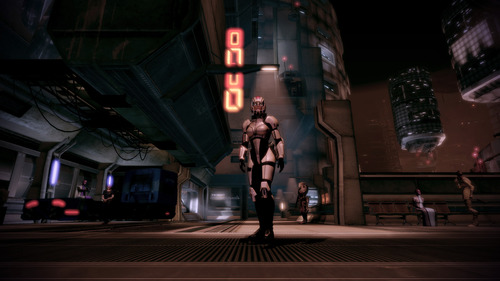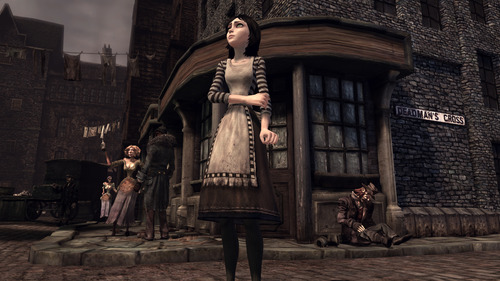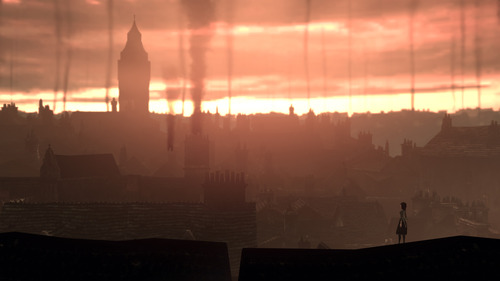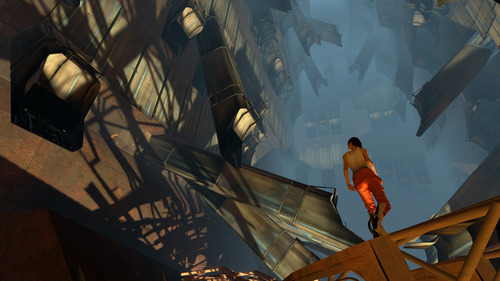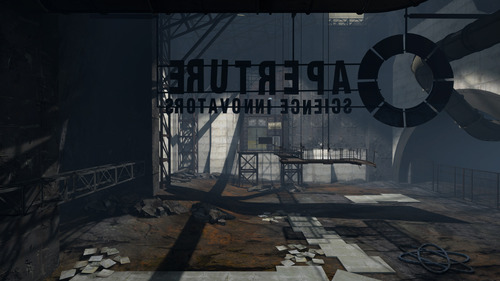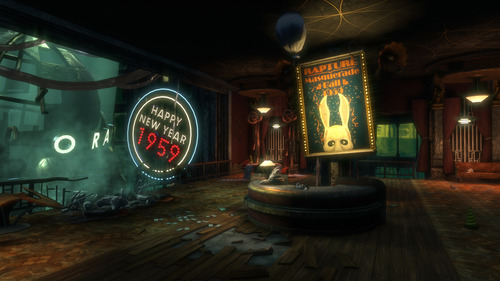I love how it's snuck up on us - video games as art January 29, 2012
I can’t even tell you when I became infatuated with video games, because quite honestly, I think I was born with it. I never remember anyone having to explain the concept of them to me, I just know that I was, to my Mother’s chagrin, obsessed with them. My allowance was always spent almost entirely at whatever video arcade I could get to, and once blown, I’d hang around moonily just staring at the demo screens, the cabinet art, everything. It was another world in a box, an exciting world, and for 25 cents, I could play in it for as long as my skills allowed (which, to be honest, wasn’t all that long). If you ever played a game and had a shy nerdy kid hanging over your shoulder, clearly broke but still wanting to see the action, there are very good odds that I was that kid.
At school, I would spend time around the computer lab, as much as possible. If I spent the night at a friend’s house, and they had video games? Forget it, that’s what I wanted to do. Long before puberty, my first love was video games. Chucky Cheese? It was like the goddamn Vatican City. If we went to Great America, sure there were rides, but there also multiple arcades all over the place.
My parents wisely did not get me an Atari 2600, but it was inevitable that I would get a console, and indeed I did: An NES. When I turned 13 in the summer of 86, my friend Galen and I acquired anti-tans as we pounded away on those control pads indoors. When I got my first jobs as a teenager, I acquired every console I could get my hands on. My friends spent money on weed and whatever beer they could get adults to buy for them – I was busily collecting games. And I inhaled the hype like a junky – I loved reading the breathless marketing hyperbole about faster processors and more intense graphics. I loved the attempts at realism – hilariously blocky and cartoonish now, but because I wanted to believe, they seemed life-like to me at the time. And that’s what so many console manufacturers were striving for – realism.
Real-life graphics were the holy grail. There was an obsession over realistic movement or perfectly shimmering water. For awhile there was an obsession over rendering fire correctly. Everyone had random effects that became perceptual benchmarks for how good graphics aped a given real-life object. But here’s the thing that many people haven’t quite caught on to – we’re no longer in a space where we obsess nearly as much over the horsepower of a given video card or console to ape real life. We’ve crossed a threshold, and done it with little to no fanfare – and now we find ourselves in a world where these technical tools have allowed artists to maintain the persistence of their vision from their minds, to the inked page, and into the digital realm. To me, that’s terribly exciting – and something that my younger self never would have considered: That it wasn’t necessarily technically immersive worlds that would be so important, but the artistic vision required to breathe necessary life into narrative spaces that have been created. It’s the difference between the virtuality of the 90’s, and the way we can now experience world-building and storytelling in the here and now.
It’s allowed us to put art into motion, and to create beauty in an entirely new way, and it’s why I love the work of Duncan Harris. It captures not just the technical aspect of what’s capable, but a snapshot of the artist’s vision brought into life in a way that I don’t think many of us really take a moment to stop and consider:
“Ms. Dynamite”, AKA Jack, from Mass Effect 2
Looking at his work, it really hit me just how much all the technical tricks and effects have come together to transcend their individual gee-whiz-factor into something that is clearly far more than the sum of the graphical parts. Stopping, and realizing that these are taken in-game, and not as part of a straight artistic drawing, it truly is a parallel to photography, capturing these characters in a dreamed world given shape, via a medium that not that long ago seemed incapable of putting forth such a world for storytelling. You can see his work at Dead End Thrills, where he shares the source games and the tools he used to stage and take these pictures. Below are a few more of my favorites that he’s taken…
“Minecraft”, from Mass Effect 2.
“Reality Bites”, from Alice: Madness Returns
“London’s Burning”, from Alice: Madness Returns
Untitled from Portal 2
Untitled from Portal 2
“Midnight in a Perfect World”, from Bioshock
